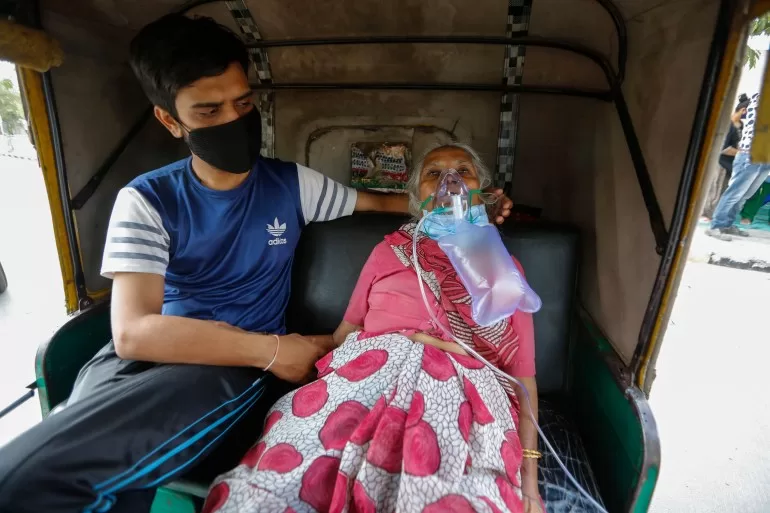New Delhi, India – India’s actual death toll during the first phase of the COVID-19 pandemic that ravaged the world’s most populous country could be eight times higher than the government’s official numbers, reveals a new study.
While that initial wave of the virus caught the world off guard, leaving governments and health systems scrambling for responses, India, after implementing a strict lockdown, appeared to have escaped the worst of its effects. The country was devastated by the delta variant in 2021 when hospitals ran out of beds and oxygen, people died gasping outside healthcare facilities and rows upon rows of smouldering pyres chequered cremation grounds across the country.
But the new research suggests that the first wave, while not as deadly as the one in 2021, wrought far greater devastation than has been acknowledged until now.
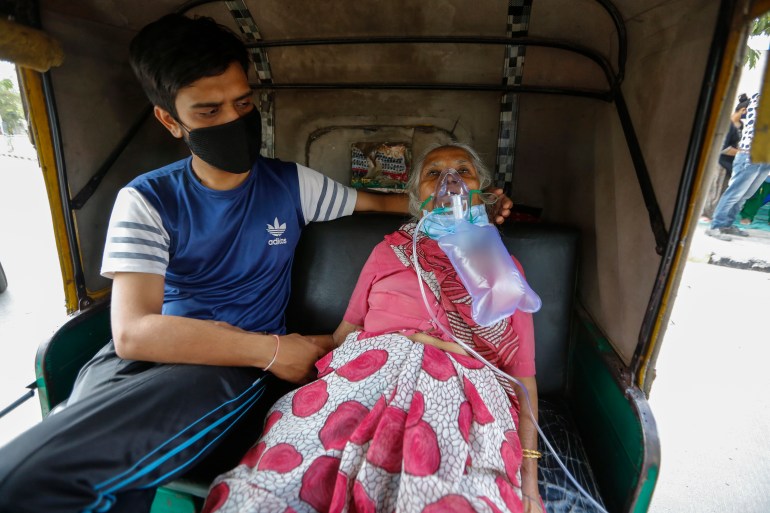
What does the new research show?
The study, co-authored by 10 demographers and economists from elite international institutes, found that India had 1.19 million excess deaths in 2020, during the pandemic’s first wave, compared to 2019.
That’s eight times India’s official COVID-19 toll for 2020, of 148,738 deaths. The study was published Friday in the Science Advances publication.
The numbers in the research, based on the Indian government’s 2019-21 National Family Health Survey (NFHS), a comprehensive report on the state of the country’s health and family welfare, are also 1.5 times the World Health Organization’s (WHO) estimate for India’s COVID-19 death toll in 2020.
India’s own total count of deaths from the virus until the end of 2021 stands at 481,000.
But the new research also uncovers deep inequalities among the pandemic’s victims – based on gender, caste and religion.
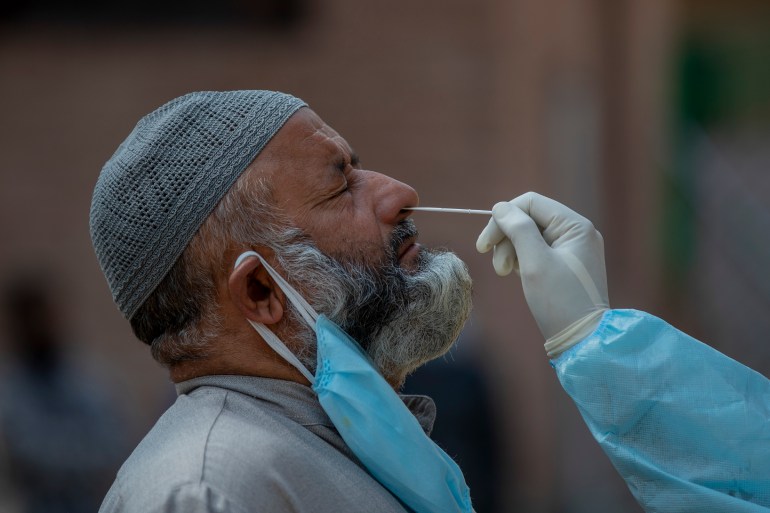
Did COVID kill some communities disproportionately?
The research found that in 2020, the life expectancy of an upper-caste Indian of the Hindu faith went down by 1.3 years. By contrast, the average lifespan for people from ‘scheduled castes’ – communities that for centuries faced the worst discrimination under the caste system – went down by 2.7 years.
Indian Muslims suffered the worst: Their life expectancy went down by 5.4 years in 2020.
These communities had lower life expectancy at birth relative to high-caste Hindus even before the pandemic, the study noted. “The pandemic exacerbated these disparities,” it added. “These declines are comparable or larger in absolute magnitude to those experienced by Native Americans, Blacks, and Hispanics in the United States in 2020.”
“Muslims have been facing marginalisation for a long time, and it has been intensified in the last few years,” said Aashish Gupta, one of the authors of the study and a Marie Sklodowska-Curie Fellow at the University of Oxford.
“We do not have any data to suggest that one group or community had more infection than others,” Gupta told Al Jazeera. “However, when Muslims did get COVID, findings show that they were really shunned, faced stereotypes and lacked access to healthcare. The marginalised communities were left to their devices.”
T Sundararaman, a public health expert who has served as executive director of the National Health Systems Resource Centre, the Indian Ministry of Health’s think tank, said that this trend is “consistent with what we know about how the disease affects mortality rates”.
“The consequences are more pronounced upon more marginalised sections … everything adds on,” he said.
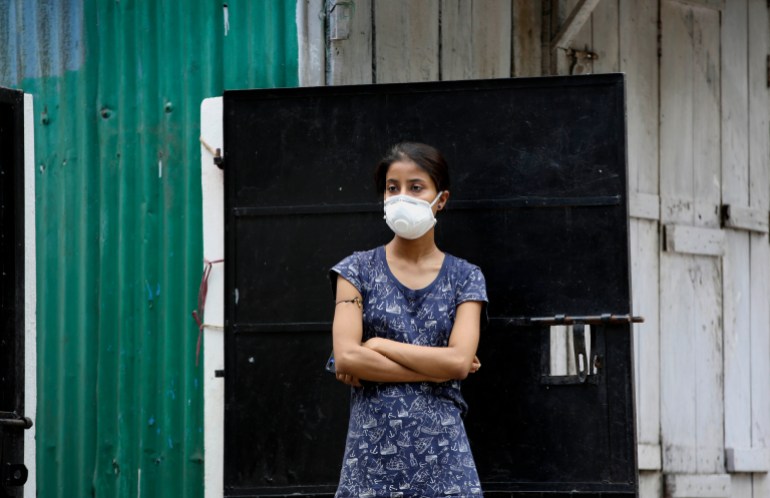
Women were more vulnerable than men
The study found that women also suffered more than men. While the life expectancy among Indian men fell in 2020 by 2.1 years, it fell an extra year for women. This contrasts with the global trend – overall, across the world, the life expectancy of men fell more during the pandemic.
“There are several aspects, including the longstanding gender-based discrimination and inequality in resources allocation, in a largely patriarchal society, that contribute to higher female life expectancy declines,” said Gupta. “We knew that women were particularly vulnerable in Indian society but the difference was shocking to us.”
The youngest and oldest Indians saw the steepest increases in mortality rates, but the researchers caution that this could be because of disruptions to public health services, including childhood immunisations, tuberculosis treatment and other indirect effects of COVID-19.
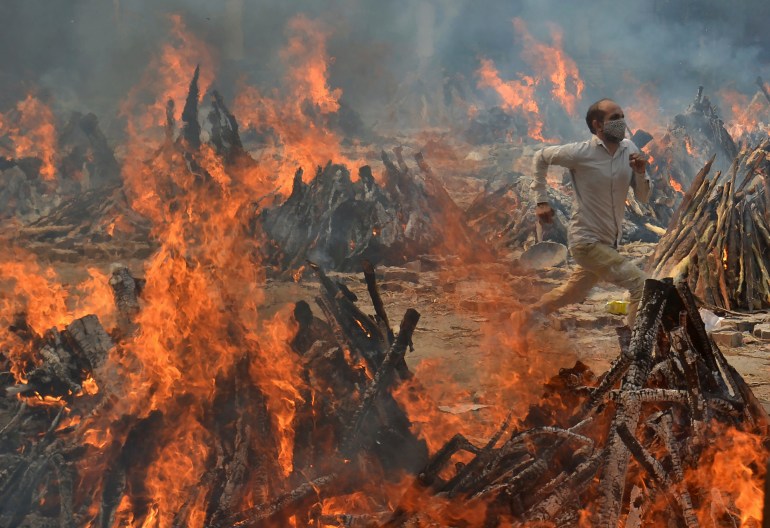
What do these new numbers say about India’s COVID-19 response?
While 481,000 Indians died from the pandemic, according to the government, the WHO estimates that the death toll actually stands at between 3.3 million and 6.5 million Indians – the highest for any country.
The Narendra Modi-led government has dismissed the WHO numbers, arguing that the model used by the United Nations body for calculations may not apply to India.
But it is not just global bodies. Independent public health experts and researchers have repeatedly accused the Indian government of undercounting its dead amid the pandemic. “The government’s efforts have been far shorter than what is required to address the inequality in access to healthcare,” Sundararaman told Al Jazeera. “The government needs to bring out the data in public for scrutiny. Nothing can be gained by not engaging with these studies,” he added, referring to the findings in the latest research.
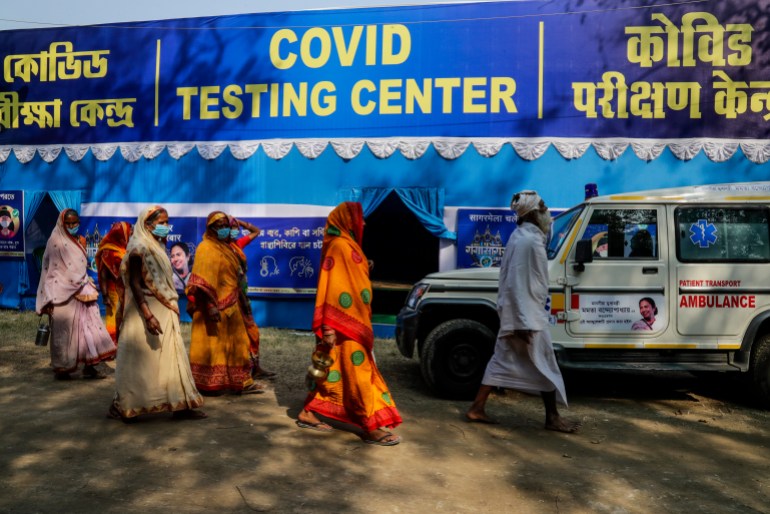
‘Release the data’
When the pandemic hit, Gupta said that researchers like him believed that “the government would understand the importance of good mortality data”. Instead, he said, “things that were earlier available are not being made public any more”.
The new study only extrapolates the numbers for 2020 due to the absence of quality data to read corresponding figures for 2021 when the Delta variant struck. “There are just data gaps everywhere we look,” added Gupta. “The estimates for 2021 are expected to be even higher than 2020.”
Prabhat Jha, director of the Centre for Global Health Research in Toronto, who was among the experts who backed the WHO’s excess death calculation, said, “From our understanding and forthcoming work, the Delta wave was way more deadly than 2020.”
“Our estimate for the whole period [of the pandemic] was about 3.5-4 million excess deaths and nearly 3 million were from the Delta wave,” said Jha, adding that he finds the new study’s estimations for 2020 “much higher” than he had expected.
Jha cited disruptions in data collection for the NFHS survey during the pandemic as a factor that could have affected the quality of the data used for the new research.
But Gupta argued that the authors put “a number of data checks in the paper that suggest that data quality was not compromised because of the pandemic”. The authors of the study also noted that the sample is “representative of one-fourth of the population”.
All the experts agree on one thing: Greater transparency in data collected by the government could tell India once and for all how many people it lost to the pandemic.
“The Indian government can seal this entire debate by releasing the data that has direct evidence on the excess deaths,” said Jha.
